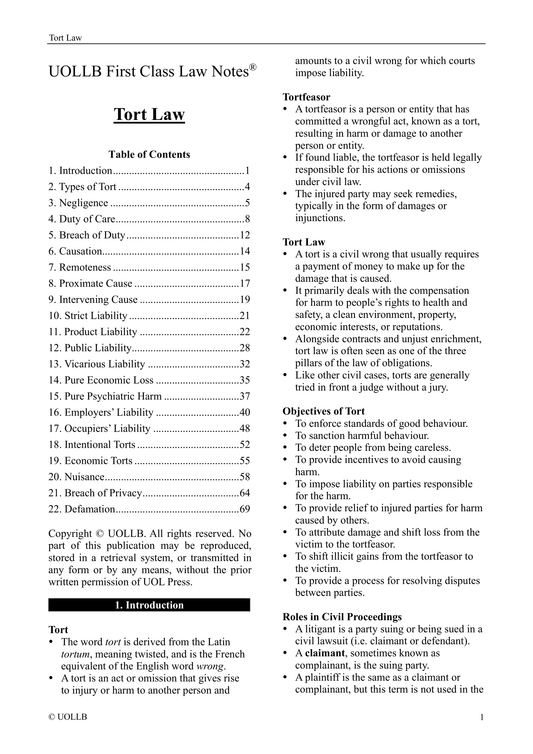Article 28 of the Treaty on the Functioning of the European Union (TFEU)
Share
Article 28 of the Treaty on the Functioning of the European Union (TFEU) establishes the foundational principle of a customs union within the European Union.
The Union shall be based upon a customs union which shall cover all trade in goods and which shall involve the prohibition between Member States of customs duties on imports and exports and of all charges having equivalent effect and the adoption of a common customs tariff in relations with third countries.
Customs union: The EU is built upon the concept of a customs union. A customs union is a trade agreement among member countries that eliminates customs duties and trade barriers between them while adopting a common external tariff against non-member countries.
Prohibition of customs duties: Member States of the EU are not allowed to impose customs duties on imports and exports when trading with one another. This means that goods can move freely within the EU without additional taxes or fees at the borders of member states.
Prohibition of charges with equivalent effect: In addition to customs duties, Article 28 also prohibits the imposition of charges that have an equivalent effect to customs duties. This is to prevent member states from introducing indirect measures that could hinder trade within the customs union.
Common customs tariff: The article also establishes the adoption of a common customs tariff in relations with third countries. This means that the EU, as a single entity, negotiates and applies a consistent customs tariff on imports from non-member countries. This helps to create a unified approach to trade with the rest of the world.
Article 28 of the TFEU outlines the fundamental principles of a customs union within the EU, emphasising the elimination of customs duties and trade barriers among member states while maintaining a common approach to customs tariffs when dealing with countries outside the EU. This principle is crucial in fostering a single market and promoting the free movement of goods within the EU.
The Union shall be based upon a customs union which shall cover all trade in goods and which shall involve the prohibition between Member States of customs duties on imports and exports and of all charges having equivalent effect and the adoption of a common customs tariff in relations with third countries.
Customs union: The EU is built upon the concept of a customs union. A customs union is a trade agreement among member countries that eliminates customs duties and trade barriers between them while adopting a common external tariff against non-member countries.
Prohibition of customs duties: Member States of the EU are not allowed to impose customs duties on imports and exports when trading with one another. This means that goods can move freely within the EU without additional taxes or fees at the borders of member states.
Prohibition of charges with equivalent effect: In addition to customs duties, Article 28 also prohibits the imposition of charges that have an equivalent effect to customs duties. This is to prevent member states from introducing indirect measures that could hinder trade within the customs union.
Common customs tariff: The article also establishes the adoption of a common customs tariff in relations with third countries. This means that the EU, as a single entity, negotiates and applies a consistent customs tariff on imports from non-member countries. This helps to create a unified approach to trade with the rest of the world.
Article 28 of the TFEU outlines the fundamental principles of a customs union within the EU, emphasising the elimination of customs duties and trade barriers among member states while maintaining a common approach to customs tariffs when dealing with countries outside the EU. This principle is crucial in fostering a single market and promoting the free movement of goods within the EU.





























































